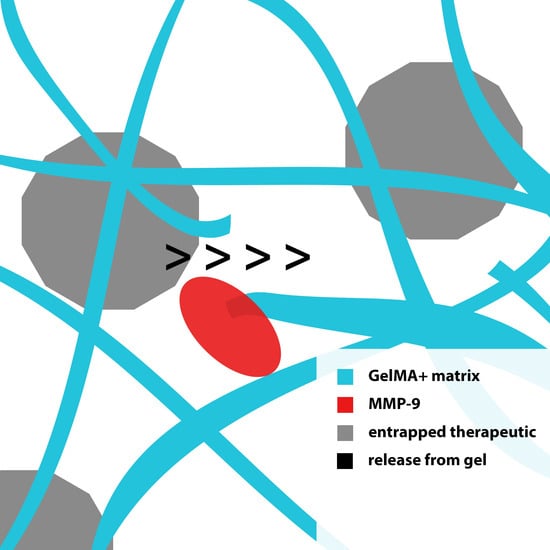Fabrication and Characterization of an Enzyme-Triggered, Therapeutic-Releasing Hydrogel Bandage Contact Lens Material
Abstract
Share and Cite
Bose, S.; Phan, C.-M.; Rizwan, M.; Tse, J.W.; Yim, E.; Jones, L. Fabrication and Characterization of an Enzyme-Triggered, Therapeutic-Releasing Hydrogel Bandage Contact Lens Material. Pharmaceutics 2024, 16, 26. https://doi.org/10.3390/pharmaceutics16010026
Bose S, Phan C-M, Rizwan M, Tse JW, Yim E, Jones L. Fabrication and Characterization of an Enzyme-Triggered, Therapeutic-Releasing Hydrogel Bandage Contact Lens Material. Pharmaceutics. 2024; 16(1):26. https://doi.org/10.3390/pharmaceutics16010026
Chicago/Turabian StyleBose, Susmita, Chau-Minh Phan, Muhammad Rizwan, John Waylon Tse, Evelyn Yim, and Lyndon Jones. 2024. "Fabrication and Characterization of an Enzyme-Triggered, Therapeutic-Releasing Hydrogel Bandage Contact Lens Material" Pharmaceutics 16, no. 1: 26. https://doi.org/10.3390/pharmaceutics16010026
APA StyleBose, S., Phan, C.-M., Rizwan, M., Tse, J. W., Yim, E., & Jones, L. (2024). Fabrication and Characterization of an Enzyme-Triggered, Therapeutic-Releasing Hydrogel Bandage Contact Lens Material. Pharmaceutics, 16(1), 26. https://doi.org/10.3390/pharmaceutics16010026








